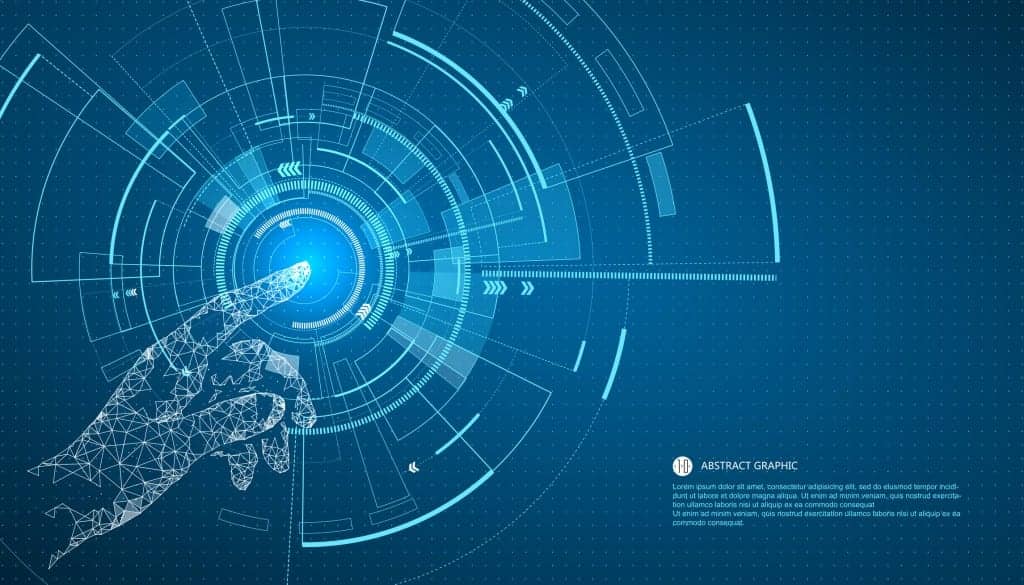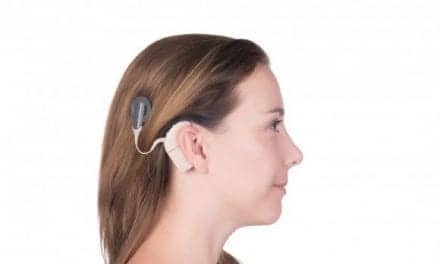Tel Aviv University researchers have opened the door to sensory integrations between robots and insects: the ear of a dead locust was connected to a robot that receives the ear’s electrical signals and responds accordingly. The result is extraordinary: When the researchers clap once, the locust’s ear hears the sound and the robot moves forward; when the researchers clap twice, the robot moves backwards. An article describing the study was published on the university’s website.
Related article: Researchers Find Robot Perception Improves by Adding Sound
In general, biological systems have a huge advantage over technological systems – both in terms of sensitivity and in terms of energy consumption. This initiative of Tel Aviv University researchers may in the future make much more cumbersome and expensive developments in the field of robotics redundant.
An Interdisciplinary Effort
The interdisciplinary study was led by Idan Fishel, a joint master student under the joint supervision of Dr Ben M. Maoz of The Iby and Aladar Fleischman Faculty of Engineering and the Sagol School of Neuroscience; Professor Yossi Yovel and Professor Amir Ayali, experts from the School of Zoology and the Sagol School of Neuroscience; together with Dr Anton Sheinin, Yoni Amit, and Neta Shavil. The results of the study were published in the journal Sensors.
The researchers explain that at the beginning of the study, they sought to examine how the advantages of biological systems could be integrated into technological systems, and how the sensory organs of a dead locust could be used as sensors for a robot.
“We chose the sense of hearing, because it can be easily compared to existing technologies, in contrast to the sense of smell, for example, where the challenge is much greater,” said Maoz. “Our task was to replace the robot’s electronic microphone with a dead insect’s ear, use the ear’s ability to detect the electrical signals from the environment, in this case vibrations in the air, and, using a special chip, convert the insect input to that of the robot.”
To carry out this unique and unconventional task, the interdisciplinary team (Maoz, Yovel, and Ayali) first built a robot capable of responding to signals it receives from the environment. Subsequently, the researchers were able to isolate and characterize the dead locust ear and keep it functional long enough to successfully connect it to the robot. In the final stage, the team succeeded in finding a way to pick up the signals received by the locust’s ear in a way that could be received and responded to by the robot.
“Professor Ayali’s laboratory has extensive experience working with locusts, and they have developed the skills to isolate and characterize the ear,” said Maoz. “Professor Yovel’s laboratory built the robot and developed code that enables the robot to respond to electrical auditory signals. And my laboratory has developed a special device – Ear-on-a-Chip – that allows the ear to be kept alive throughout the experiment by supplying oxygen and food to the organ, while allowing the electrical signals to be taken out of the locust’s ear and amplified and transmitted to the robot.”
Biological systems expend negligible energy compared to electronic systems. They are miniature, and therefore also extremely economical and efficient. For the sake of comparison, a laptop consumes about 100 watts per hour, while the human brain consumes about 20 watts a day.
In addition, “Nature is much more advanced than we are, so we should use it,” said Maoz. “The principle we have demonstrated can be used and applied to other senses, such as smell, sight, and touch. For example, some animals have amazing abilities to detect explosives or drugs; the creation of a robot with a biological nose could help us preserve human life and identify criminals in a way that is not possible today. Some animals know how to detect diseases. Others can sense earthquakes. The sky is the limit.”
Orignal Paper: Fishel I, Amit Y, Shvil N, et al. Ear-Bot: Locust Ear-on-a-Chip bio-hybrid platform. Sensors. 2021;21(1):228.
Source: Tel Aviv University, Sensors
Image/Media: Tel Aviv University, YouTube







Dear Sirs,
Hello. I hope you are fine
I read with interest the article https://hearingreview.com/inside-hearing/research/ear-2?campaign_type=newsletter&_hsmi=114982814&_hsenc=p2ANqtz-_t5xioRfAZIT0uGpg626cHdIcYg-SgwjGNkNc2dcn2Po-jEppPrD5tNuxooNoHSLMm_Oc9XOWXmGcTepYIQo1P5Y2RGQ (Researchers Create Robot That ‘Hears’ with Locust Ear, Mar 9, 2021).
Yes the combination of a still active locust hear with a robot is new. But of course capture of signals of coclea of mammals has been realized already years ago and its subsequent interpretation also (more or less: sound to coclea, nerve signals to electronics and computer, D/A to output sound).
What is really astonishing in a serious scientific article is the lack of precision. The worst example:
“For the sake of comparison, a laptop consumes about 100 watts per hour, while the human brain consumes about 20 watts a day.”
What does it mean? (Energy is measured in Watt-hours, Wh, not as proportion like mph). Ok: a laptop needs about 100 W of power, and consumes 2.4 kWh of energy per day. And the brain? According to google: 20 W of power, and consumes about 0.48 kWh of energy per day.
Simply put: the brain needs 1/5 of the power or energy of a laptop. Why use a comparison which uses wrong units and is therefore difficult to understand?
And “Biological systems expend negligible energy compared to electronic systems”. Really “negligible”?
Many thanks in advance for trying to be correct and simple in the future…
Have a nice day
Sincerely yours
Robert Anderegg Ing. ETH Zurich / MBA
owner of Mejor Oir